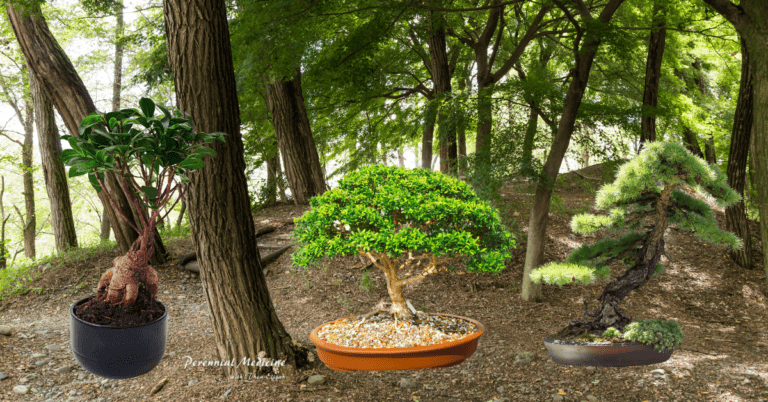On the Phone, In My Body
As you read this article, how much of the rest of your surroundings are you tuning out?
One of the “body lessons” of iPods, cell phones, iPads, and computers is an increase in our ability to tune out what’s going on around us in order to focus exclusively on the data coming to us through a small screen or earpiece. That’s an incredible skill—we’ve learned to be standing in the middle of a roaring subway while watching a little movie. We can be walking down a busy street having a delicate conversation with someone on the other side of the country. In our own homes, we have developed the ability to filter out the voices of our family members in order to surf the net without distraction.
Our capacity to be “undistracted” through tuning out environmental stimulus is one of the more controversial virtues of our era. Our bodies are naturally designed to be forming a coherent impression of reality based on input coming in through all of our senses, including our skin. What happens to us when what we are hearing through our earpiece has nothing to do with what we are seeing through our eyes? What happens when the website we are exploring on our laptop has no relationship to what’s going on in the rest of the house?
We are designed for sensory wholeness and coherence. When the sensory rift is too divergent to integrate into one body-felt sense of “what’s going on here,” then tuning out most of what is happening around us is a tremendous relief. When we cannot integrate diverse sensory streams into one conscious awareness, this is felt as a bodily distress that is resolved by choosing a singular point of “focus,” and allowing all other input to be ignored.
The ability to tune out our environment is not the same as the ability to focus. It is a distress response to sensory fragmentation. It takes us out of our body’s natural integration state, which is to have an ongoing ambient awareness of our surroundings at all times. Within that ambient awareness, we may choose to bring more of our awareness to some aspects of our environment than others. Driving a car in traffic is a perfect example—we need to be aware of everything in our environmental field, inside and outside of the car, and yet we are able to prioritize our awareness of traffic signals and other cars over the For Sale signs in store windows.
This is not at all the same as the sensory numbness that frequently overtakes us on a cell phone in a café, or even on the computer in our own homes. We have become practiced at tuning out our environment in favor of a technological data-stream. What is even worse, the habit of tuning out all but a narrow band of focus has, for many of us, become so practiced that we remain narrow-focused and numb to our bodily sense of full engagement with our surroundings even after hanging up the phone or turning off the computer.
What’s going on around you as you read this article? Are you in your body? To what degree is each of us so adapted to sensory fragmentation that full-body awareness of “Here and Now” no longer feels natural or even comfortable? To check this out for yourself, and to re-open your sensory integration capacity to full-body awareness, it’s helpful to be aware of your indoor/outdoor body.
Indoor/Outdoor Body
It’s not as obvious if you live in the city, but it’s clear if you live in the country (better yet in the wilderness): when we are outdoors, our bodies respond by opening into levels of awareness we didn’t even know we had.
Humans have known this about ourselves for a long time, but we tend to forget that we know: being in nature profoundly affects our relationship to ourselves, and to the world around us. Our perceptions expand; our priorities alter; our breathing begins to relax and grow deeper, and our spirits have more room to move. After a long walk in the woods, we are different somehow. We are in our bodies with all of our ordinary senses open but somehow magnified. This is the effect of opening not just the eyes and ears and nose (and mouth) in your head, but opening to “the whole environment,” an enhanced sensory awareness felt as a full-body aliveness from head to toe, from within the skin and beyond. Being outdoors, especially being in natural surroundings, coaxes us directly into a way of being in our bodies that we tend to lose when we are indoors—but that is a habit, not a necessity.
As you explore this practice, spend more time outdoors, in as natural or wild surroundings as you can find in your area. Notice specifically your “indoor body” before you leave the house. Notice where you sense your own edges, the nature of your thought process, your degree of inner spaciousness, and your body-relationship to the contents of your home (including the other people).
Notice how you may shift the moment you step outdoors and stand under the sky. For some people, the difference is noticeable and dramatic right in that instant. For others, it may take some time to shift from Indoor Body to Outdoor Body, especially if we are not used to being outdoors “for no reason.” People whose outdoor time normally consists only of going from the house to the car, or the apartment to the subway, and then walking across the parking lot to get to the store, may not at first notice any difference at all.
This is because when the focus of our lives is exclusively indoor, we tend to keep the pattern of Indoor Body even when walking a few blocks to get to the bus stop. We may stand at the bus stop still in Indoor Mode, scrolling on our phone, without enough awareness of our surroundings to shift into the sensory-coherent experience of Outdoor Body.
Don’t be discouraged, especially if you live in a city, if it takes some time for your body to shift into Outdoor Mode. Even if you are someone who spends a lot of time outdoors in nature, and you are familiar with the expanded sensory engagement of which I speak, there is always much, much more that is possible, in the city or in the forest.
This familiarity with the body sensations and open-ended awareness of the Outdoor Body becomes very important when it’s time to step back inside. It is possible, and in fact very healthy, to keep some relationship to your Outdoor Body even when indoors.
When I met Teacher Li Jun Feng (Qi Gong master) at a conference in Austin TX a few years back, I had a similar experience. Riding together with him in a tiny hotel elevator, I felt as though I was standing next to a man who was in no way confined by walls, ceilings, or floors. He was fully present, solid, and contained, and yet he was outdoors among the grass and the stars, directly in touch with earth and sky. I skipped everything else in the conference in order to learn from him, and in his classes he spoke a lot about the necessity of doing Qi Gong in the Outdoor Body, not letting ourselves be fooled by the presence of a building around us—nothing can cut us off from the Qi of the universe!
Except, perhaps, a cell phone?
To join the discussion, find us on my Perennial Medicine discussion listserv (all are welcome).












